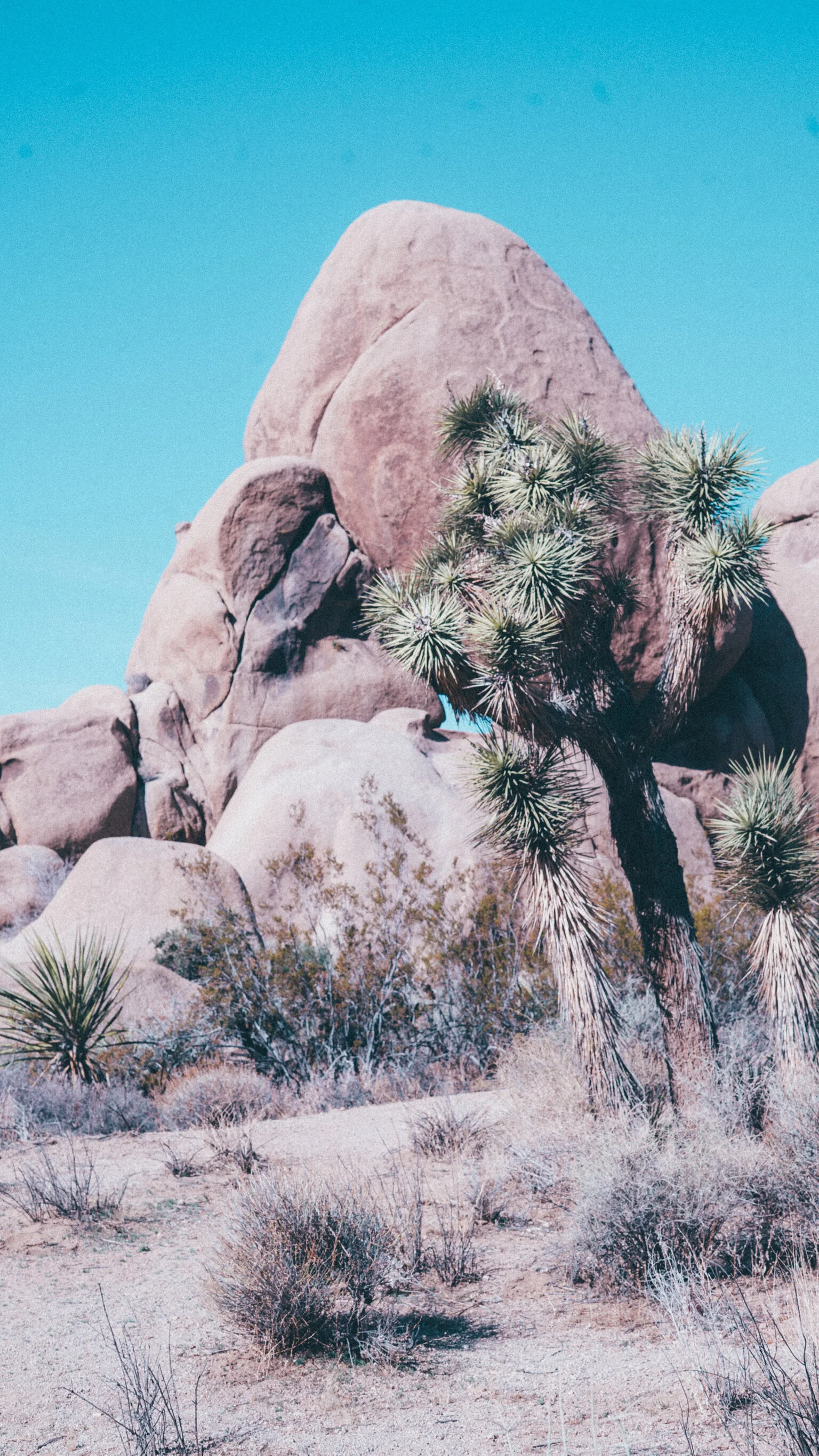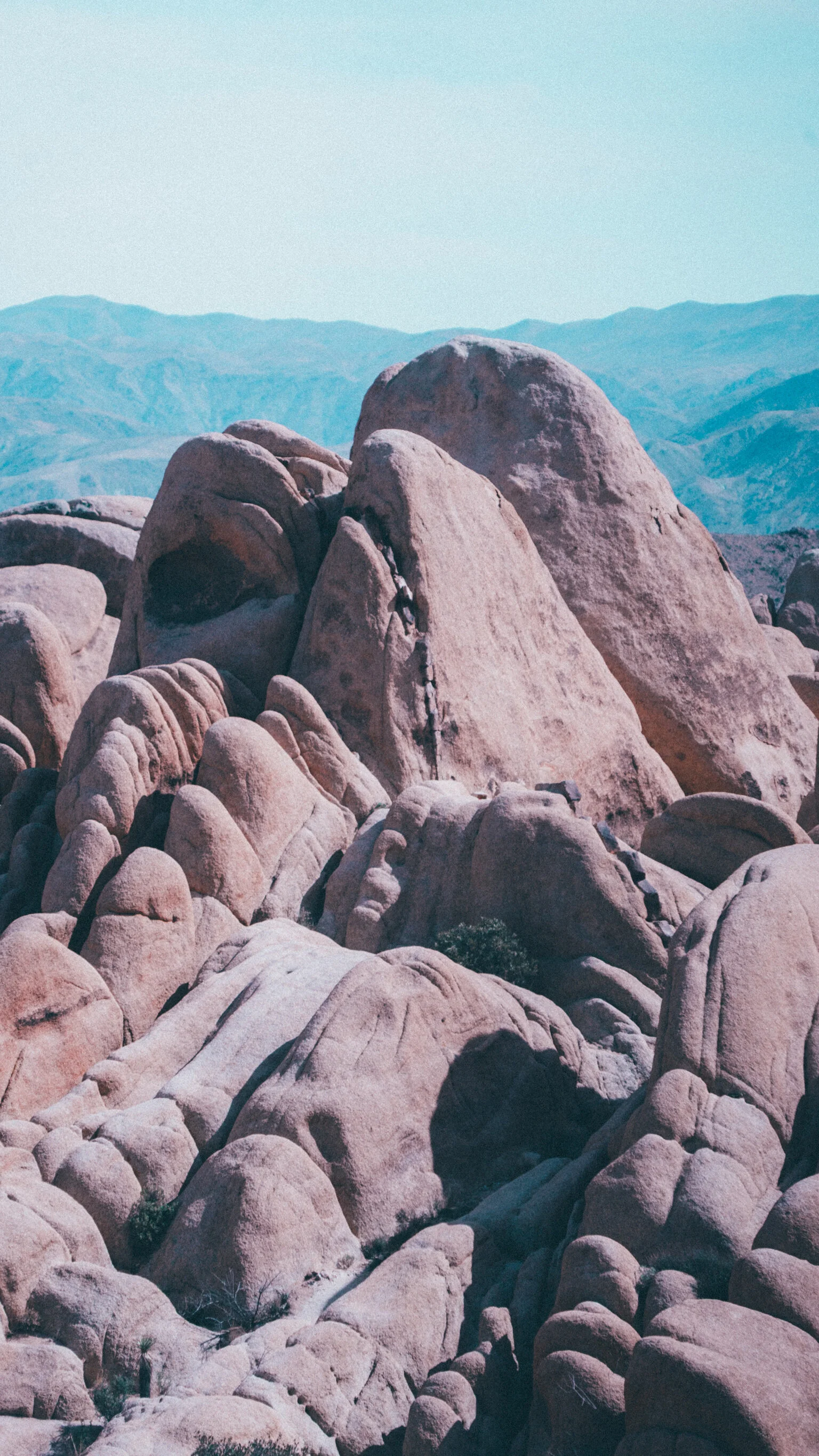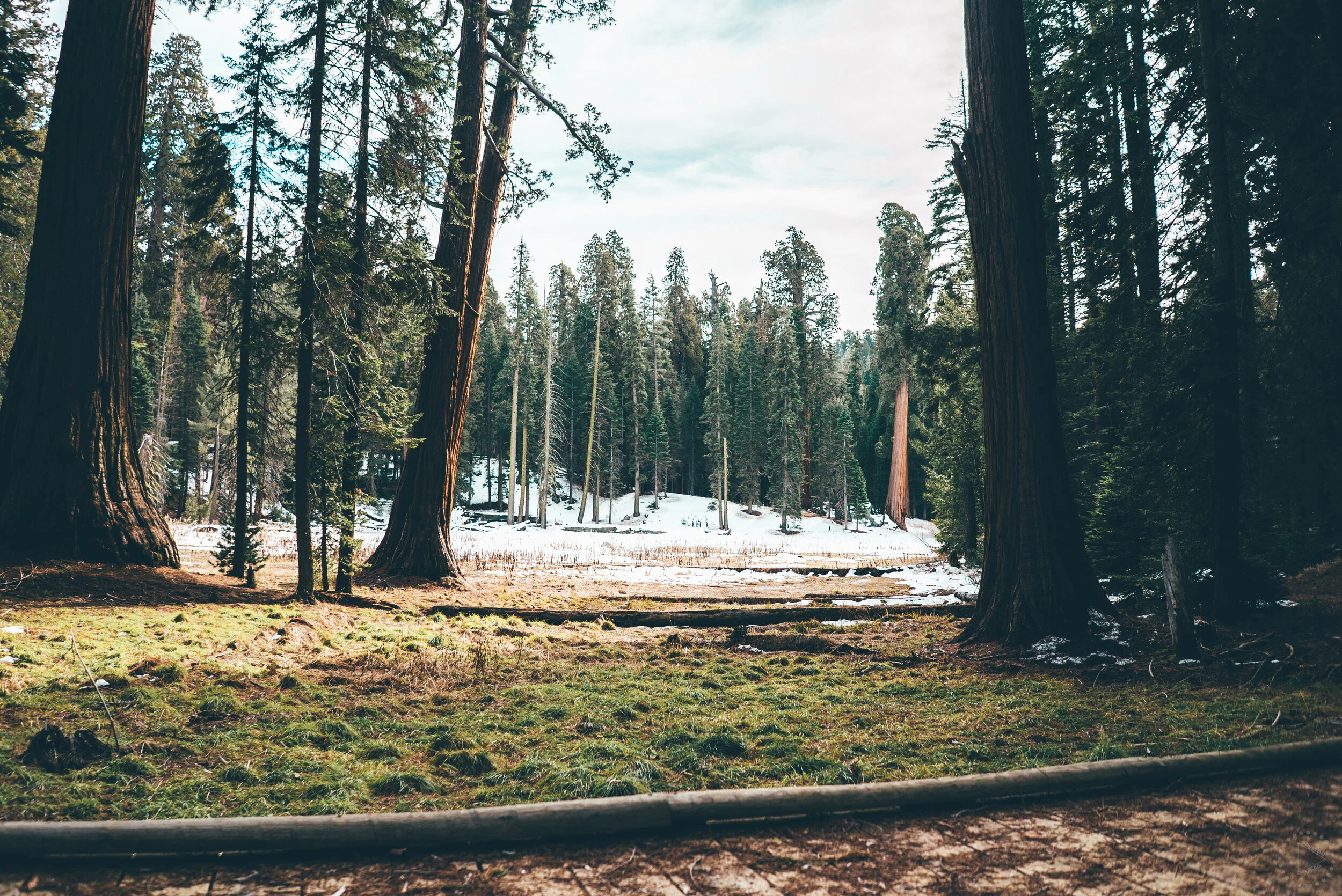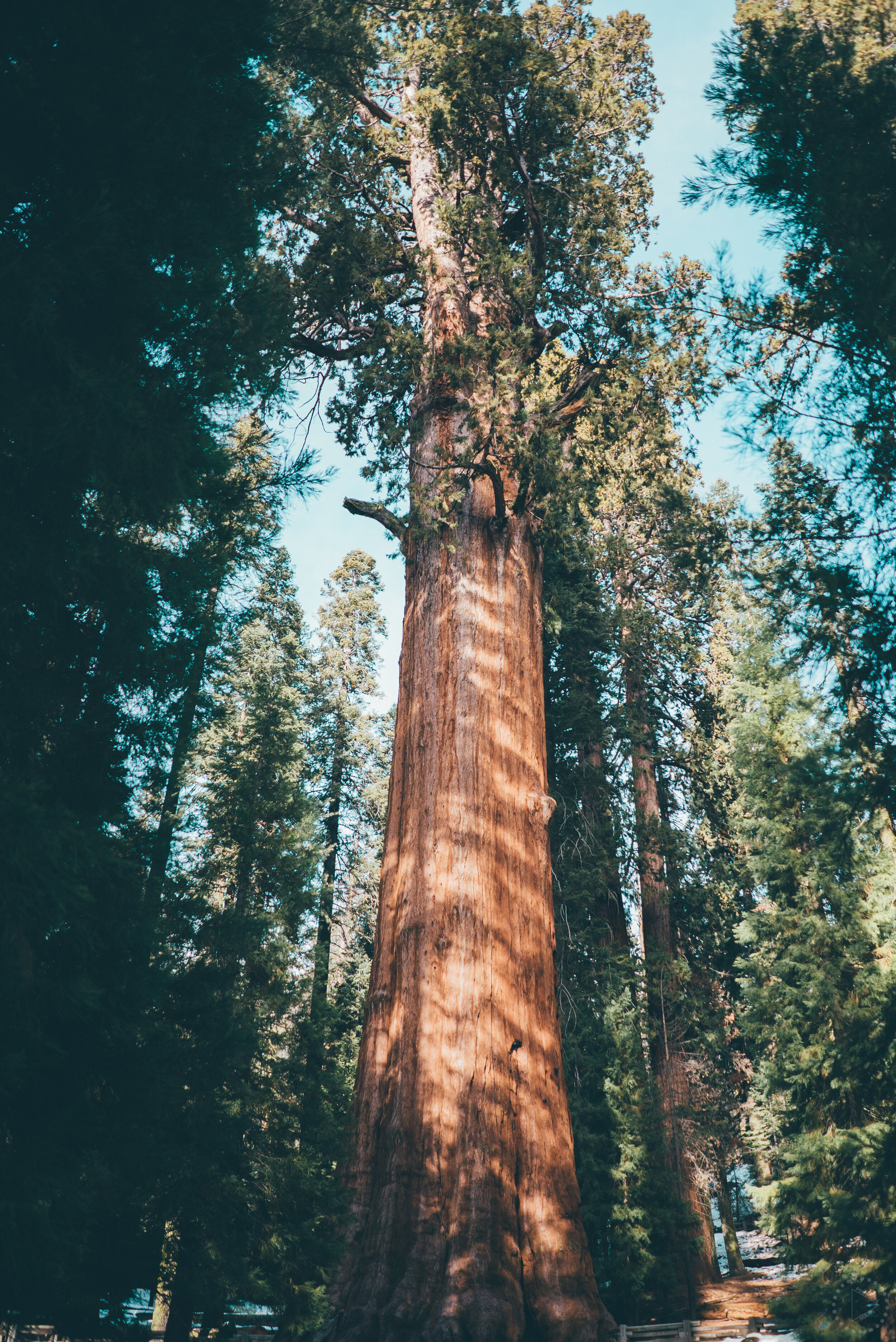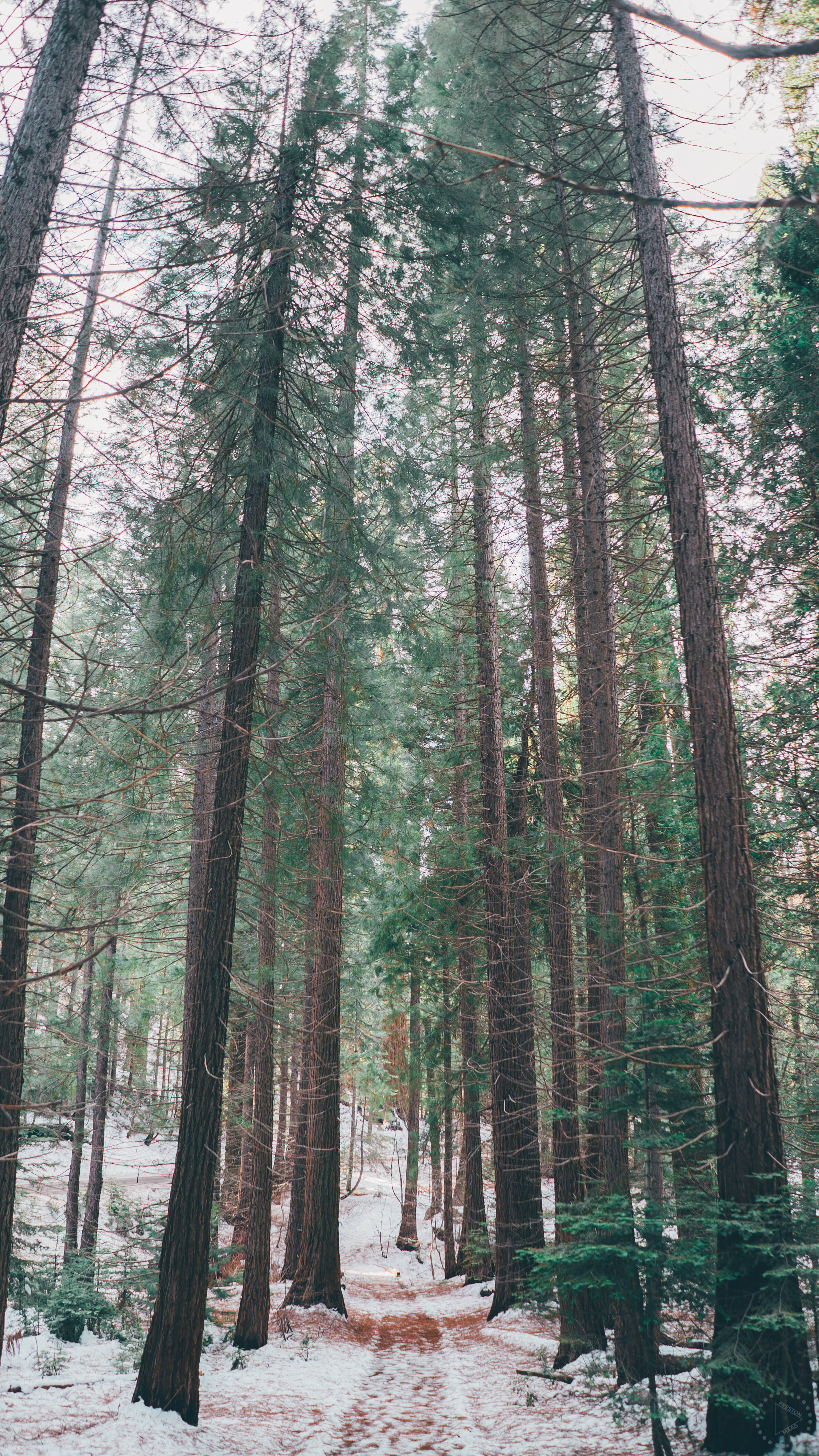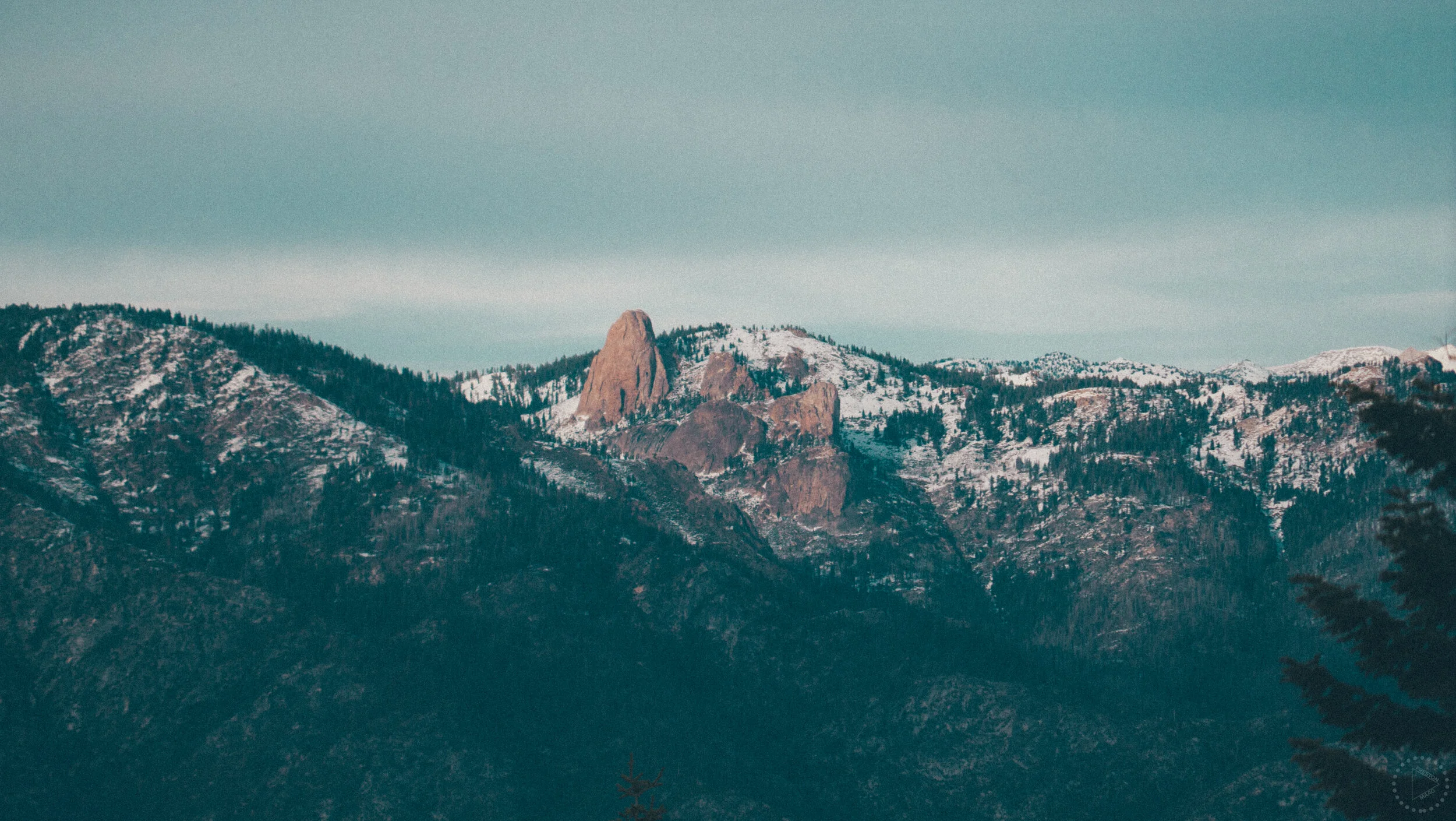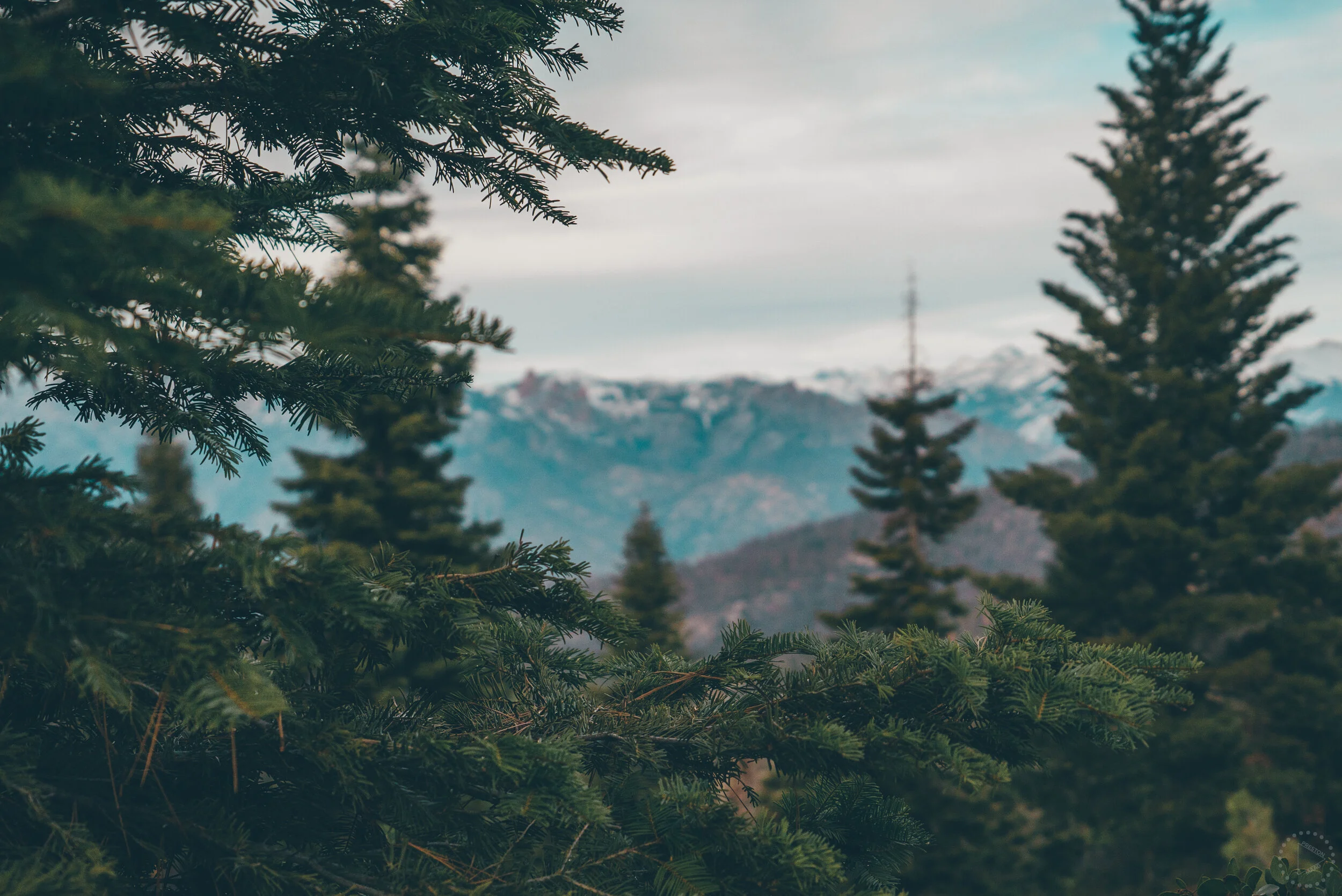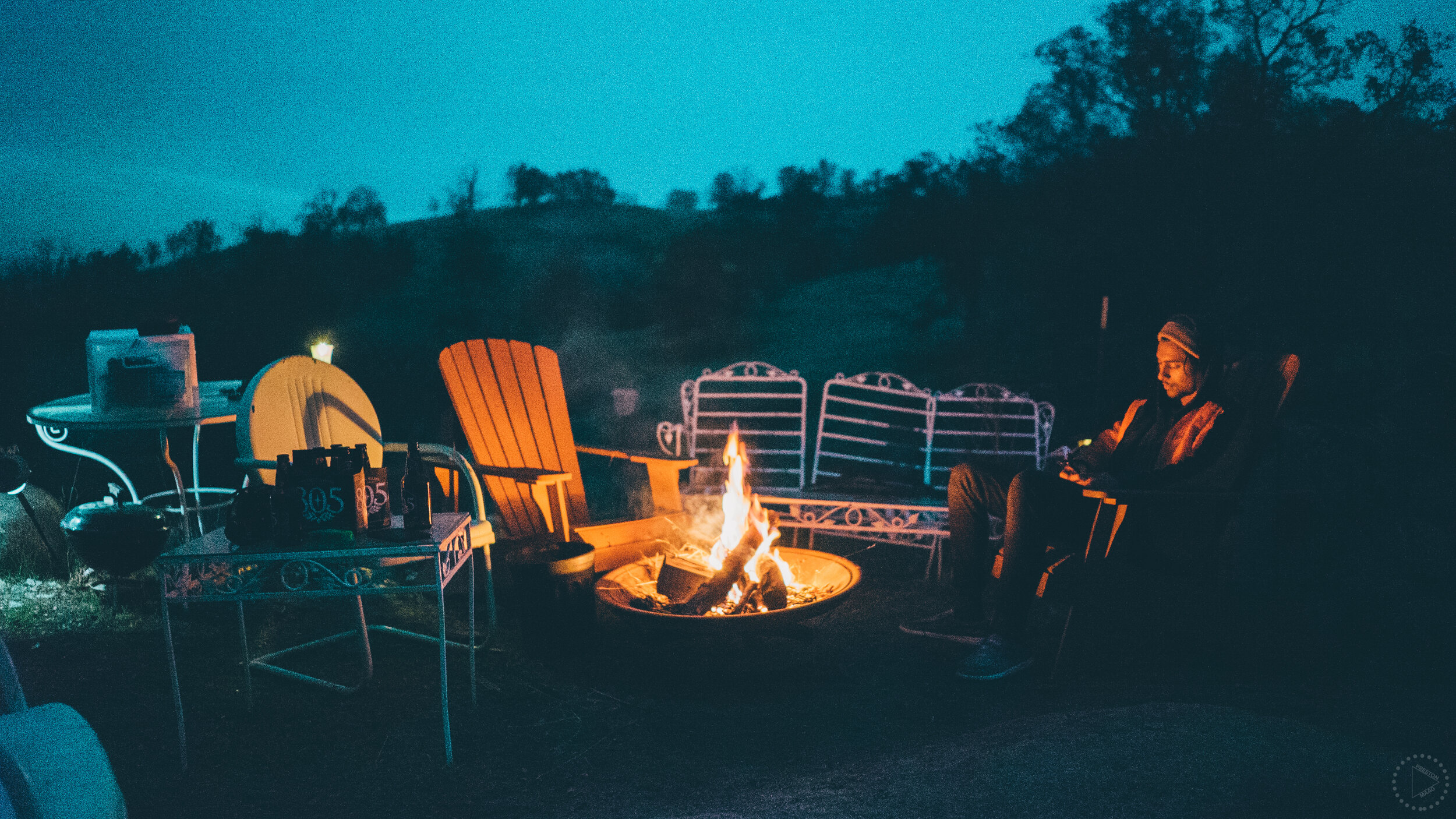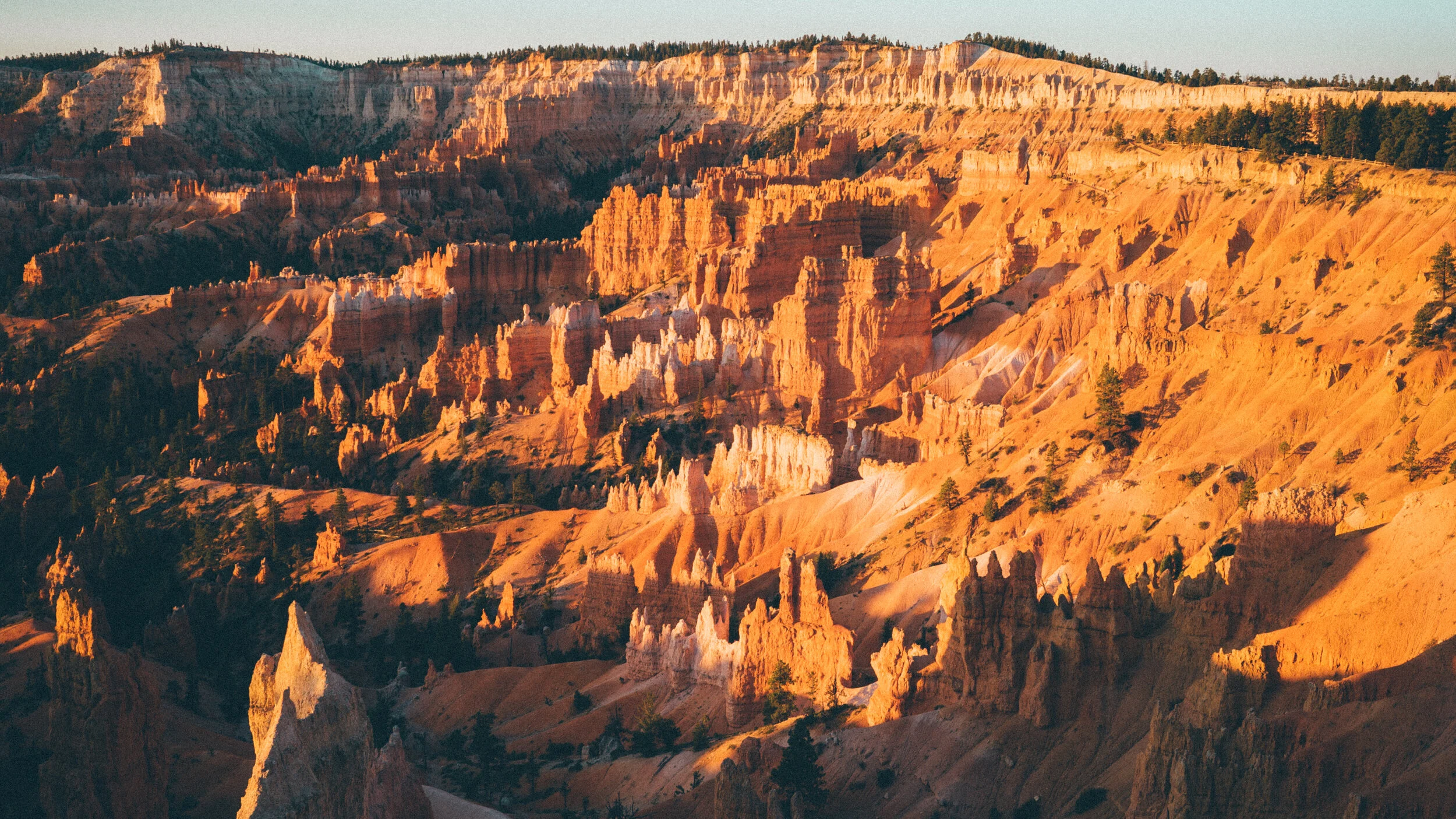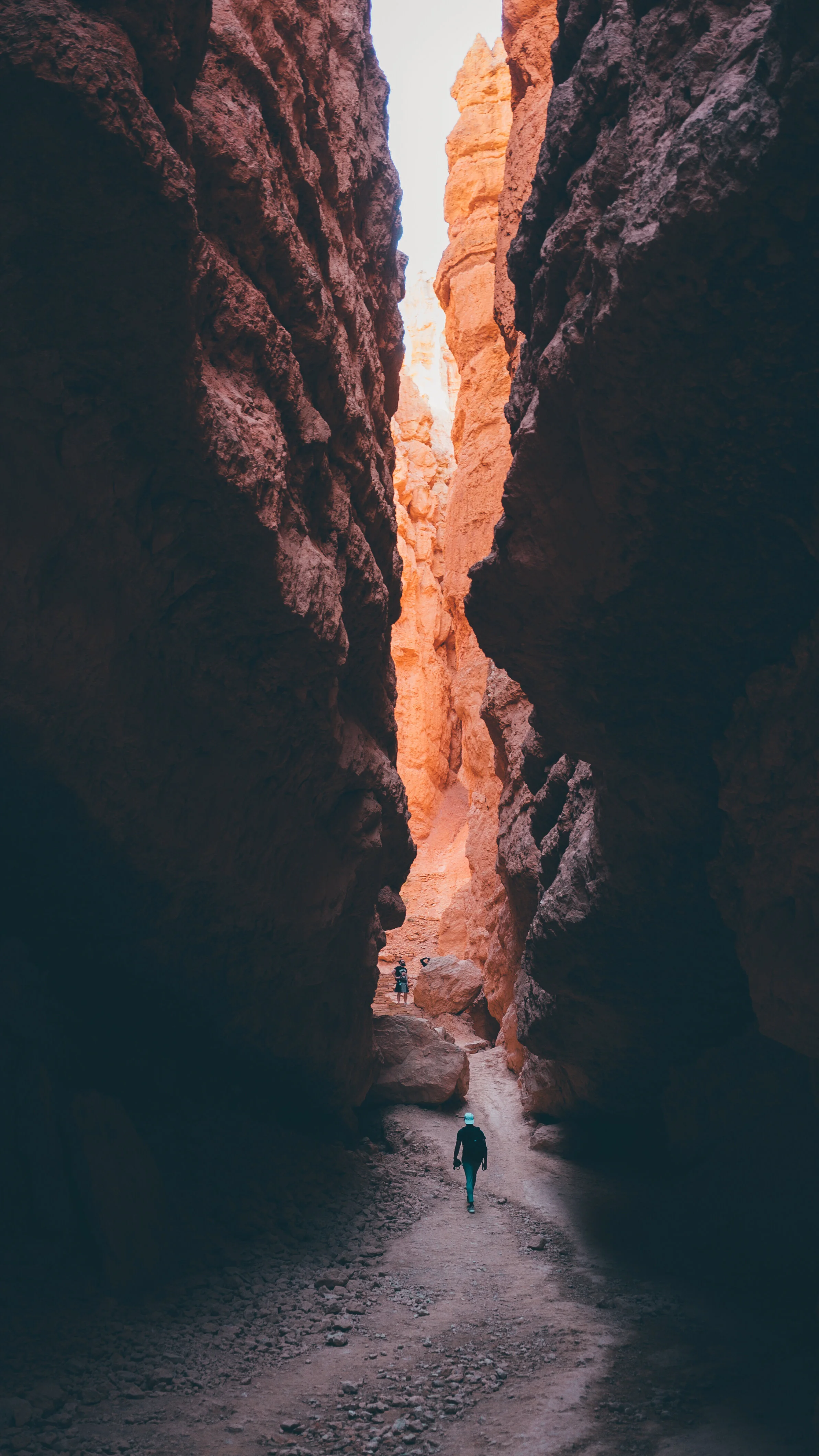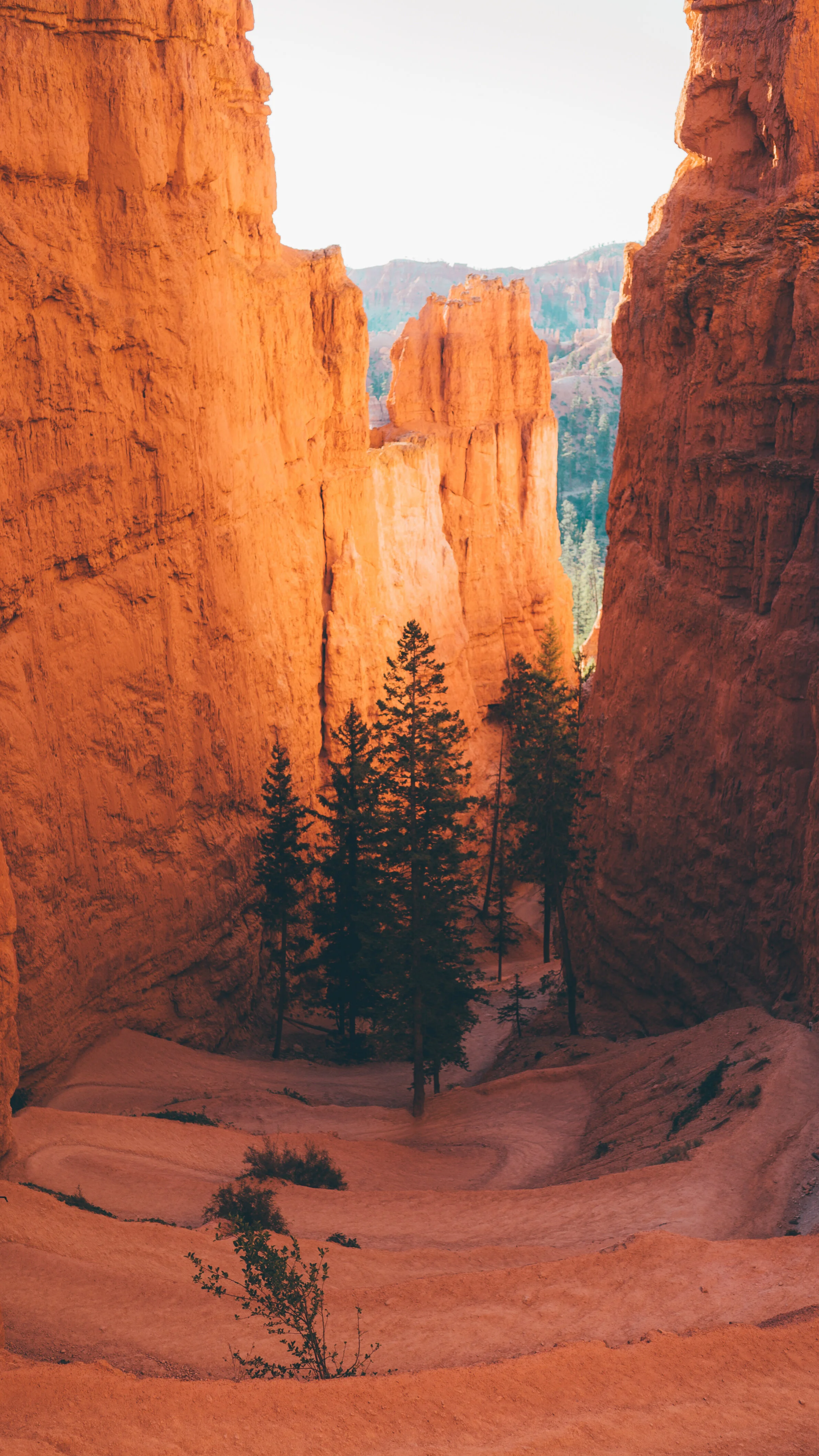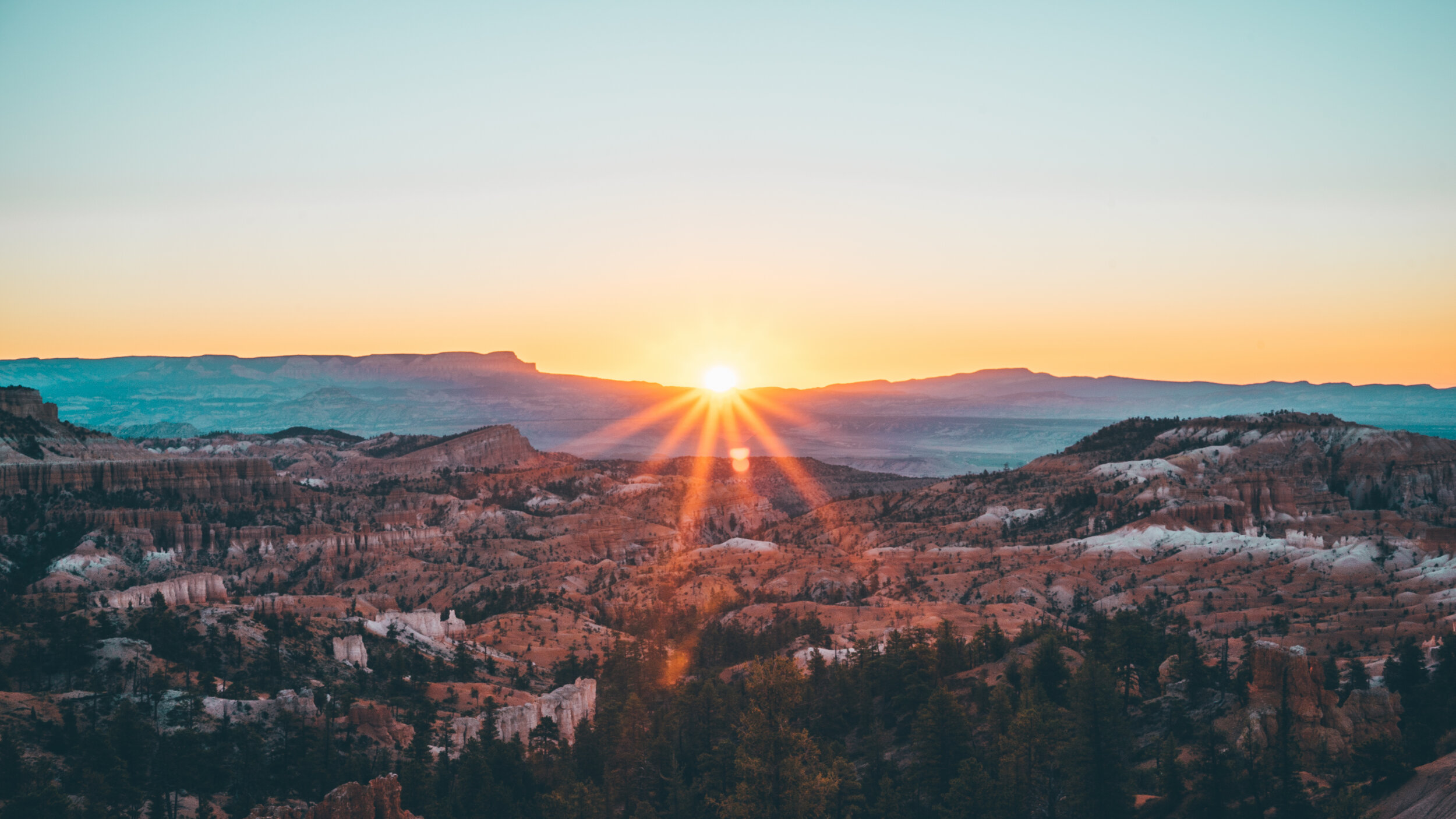From the milky-way to natural arches and the wonders of the ocean I’ve selected 15 photographs to be welcomed to my site, and initiated as Preston Maag’s 2021 Print Collection.
Road Trip Guide-National Parks
With National Parks slowly reopening across America, I thought I would take the time to put together some park itineraries I’ve compiled over the last few years. Through online research and visiting these parks myself, I’ve composed a thorough guide to help you get the most out of your trips and enjoy nature at it’s finest. For reference, I’ve also included distance times from Los Angeles as a base location to help with planning. With that in mind, here are my suggestions for those who can only get away for a day or two at a time, but want to see what all the buzz is about.
1. Joshua Tree National Park
Joshua Tree is America's 15th largest national park with almost 800,000 acres of desert to explore. Established as a National Park in 1994, the park is most well known for its abundance of Joshua Tree’s which have been linked back to early settlers who claimed the trees unique shape appeared as hands to the sky in prayer. Only 2.5 hours away from Los Angeles, traffic depending of course, it’s where most people will gravitate towards.
Personally, my favorite time to visit this park comes in spring and fall as the weather isn’t nearly as brutal as the harsh midday sun of summer. Because of the heat, your best experience at Joshua Tree will be found at either sunrise or sunset when the landscape is washed with an orange tint and the long shadows of boulders grow in the distance.
After closing for the last two months, the park reopened this past week but with some adjustments in place. Many of the trails inside the park are now one-way paths to help with social distancing and campsites are limited to six people. The park’s visitor centers remain closed for the time being and entrance fees of $30 per vehicle will be enforced but don’t let this deter you.
Between the Hidden Valley Trail, Jumbo Rocks and Keys View you can still get the most out of your visit even with social distancing rules in place.
Takeaway: For its location and accessibility, Joshua Tree stands as a great national park. For camping, be sure to reserve a campground early as most first come first serve sites will be taken just an hour after sunrise. Avoid the midday sun and bring plenty of water to get the best experience possible.
For more information visit https://www.nps.gov/jotr/index.htm
2. Sequoia and Kings Canyon National Park
Big Trees. Founded in 1890, Sequoia was established as the second national park in the United States right behind Yellowstone. What initially began as a way to preserve these massive trees, eventually grew to include the glacial formed rocks of Kings Canyon. Over the last hundred years, the parks haven’t changed much other than increased parking lot size and overall attendance. I remember visiting as a kid in 2005 and standing in awe of the massive trunks.
In Sequoia, you’ll find the world's largest tree in the General Sherman, standing at over 275 feet. It’s most likely where you’ll spend most of your time as the park itself is relatively small. Jumping over to Kings Canyon, your best time will be spent along the boardwalk in Zumwalt Meadow and its link to day hikes. From Los Angeles, the drive will take you nearly 2.5 hours making it a great option for a quick getaway.
Takeaway: If you’ve ever wondered what the largest tree in the world looks like, I recommend you take a day trip to both Sequoia and Kings Canyon National Park. The parks certainly don’t draw the attention that nearby Yosemite does but it’s rich history and massive trees definitely deserve a visit.
For more information visit https://www.nps.gov/seki/index.htm
3. Yosemite National Park
I’ve been here just a few times in my life and each time I go, I find an even better way to enjoy it. Yosemite and the Yosemite Valley in general, offer some of the craziest views I’ve witnessed in a place no longer than 6 hours away. For starters, you’ll want to begin at the Tunnel View. It’s a place you’ve surely seen circulated across Social Media for its expansive look at the valley and distant views of El Capitan and Half Dome.
After taking in the view, I recommend heading out on a day hike in the valley. There’s tons of great options but my favorites are the 4 Mile trail to Glacier Point or the Vernal/Misty Falls trail.
For a change of pace, the Tuolumne Meadows offer a great place to take in the park as well for it’s plentiful lakes and abundant wildlife.
Takeaway: Yosemite ranks near the top in attendance year in, year out and for good reason. Be cautious of large crowds especially once the park opens up again as the summer season brings in the biggest attendance. Nonetheless, this park is sure to impress you quickly with its massive granite walls and huge waterfalls, John Muir didn’t write books about it for nothing.
For more information visit https://www.nps.gov/yose/index.htm
4. Zion National Park
Like Yosemite, Zion National Park draws huge crowds for its massive rock formations and relative ease of access. Over 12,000 years ago, early settlers came through these parts to hunt Wooly Mammoths and Giant Sloths giving it a rich history. This park has a lot to offer but unfortunately due to overcrowding, you’ll have to experience it right next to others. In recent years, Zion has felt more like Disneyland than a national park so my first advice would be to show up early, most parking lots will fill up quickly. That being said, once in the park you’ll feel as if you’re in a whole new world.
Great views of the valley can be found off of the quick Canyon Overlook Trail, while a second great viewpoint can be found at the Canyon Junction Bridge.
For the avid hiker, The Narrows offer a chance to hike up a stream and canyon though be careful as flash floods can occur quickly. If you’re not trying to get soaked, a second big hike can be found in Angels Landing which heads nearly straight up on a ridge where the tightest point is no larger than shoulder width of rock below your feet.
Takeaway: Zion is a large park that should be taken in over the course of a few days. Coming from Los Angeles, it’ll take you nearly the same amount of time as it would to get to Yosemite in 6.5 hours making it a great option for a weekend getaway. Just be sure to plan your trip ahead and arrive plenty early to get in.
For more information visit https://www.nps.gov/zion/index.htm
5. Bryce Canyon National Park
Though a relatively small national park, Bryce Canyon packs a punch with its abundance of hoodoos. It’s what makes the park so memorable and has even gone on to inspire places like Disneyland with attractions like Thunder Mountain.
8 hours is what it will take to get here but if you drive up from Zion, it sits an hour and a half away. Apart from Inspiration Point where you’ll find sweeping views over the whole area. I recommend taking the Queens Garden/Navajo Loop Trail to fully immerse yourself. Among the hoodoos, you’ll find Thor’s Hammer, which is exactly what you’d expect. Depending on the direction you lead off from, you might also be interested in walking Wall Street which features a few switchbacks up a canyon with magnificent views.
Takeaway: Bryce Canyon National Park features some of the most striking natural formations you’ll find. My best recommendation would be to drive through the night and arrive at sunrise to get the most out of it in a short period of time. You’ll be able to see the sunrise from the east and soon thereafter watch as the hoodoos’ shadows elongate.
For more information visit https://www.nps.gov/brca/index.htm
6. Crater Lake National Park
Over the years, I’ve heard about this one lake that is different from all the others. The water level is maintained only by precipitation, evaporation, and seepage, which explains the waters’ clarity and extremely blue appearance. In fact, when explorers discovered the area in 1853, that’s exactly what they called the pristine body of water: Deep Blue Lake.
Bottoming out at 1,943 feet, Crater Lake is the deepest lake in America, part of what makes it so blue. The land you see in the middle of the lake is known as Wizard Island, with trees dating back almost 800 years. Unfortunately, the park itself isn’t the easiest to reach as it comes in at nearly 12.5 hours from Los Angeles.
Takeaway: Crater Lake National Park is a massive and deep blue lake that bares similarity to Sequoia for its lack of additional features. It’s the simple things and that’s something that Crater Lake is great at. Be sure to check weather cams before visiting as well as its location can bring in heavy fog layers that will diminish the sweeping views to a grey and depressing visit.
For more information visit https://www.nps.gov/crla/index.htm
7. Glacier National Park
The Crown of the Continent sits in the throne of Glacier National Park. Unlike any other park I’ve visited to date, it’s one of the few places in North America where all native carnivores survive. Yes, that means during your visit you might encounter a Grizzly Bear, Wolves, Mountain Lions, the list goes on. For it’s abundant wildlife, this park will naturally deter those who would rather not encounter these animals in their life. But for those who live for the thrill and understand they are guests in this territory, I couldn’t recommend it enough.
The views will only begin to woo you on the Going to the Sun Road as you traverse in your car on a small two way road placed on the edge of a cliff. Departing from the visitor center, you can head out on the Hidden Lake Nature Trail which will take you above the massive lake and possibly lead you to meeting a mountain goat like I did.
If I haven’t caught your attention yet, believe me when I say the Grinnell Glacier to Iceberg Lake Trail is one of the most breathtaking, awe-inspiring hikes I’ve ever completed in a national park. Over 10 miles roundtrip, the trail will take you from the valley floor next to lakes Swift-current and Josephine. Eventually rising in elevation, you’ll come over a ridge to see the turquoise Grinnell Lake.
Pushing forward, you’ll reach the top and be rewarded with witnessing the effects of climate change and one of the last remaining glaciers in the world. Now known as Iceberg Lake, this chilly water is not to be messed with but for the strong-willed can serve as a quick ice bath before heading back down.
Takeaway: If you’re interested in seeing abundant wildlife and ageless rocks formed by Glaciers, visit this park at least once in your life. Certainly its distance plays a major factor but I wouldn’t let this deter you. Maybe I’m biased but, when I munched ice from a glacier and made a snow cone, I had never been more happy with where I was at.
For more information visit https://www.nps.gov/glac/index.htm
Have a different list in mind? Let me know below of any national parks you’ve been to! I hope at the very least, I have introduced you to these beautiful parks and the perks of getting outside. As always, stay safe out there and enjoy nature responsibly. Remember to always follow park guidelines and never look a wild animal in the eye, Cheers!





